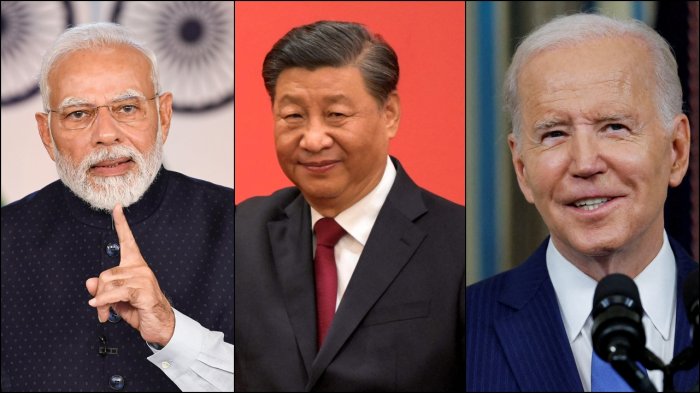Quick facts
Born on 18 March 1943 in Kaski Went to Multipurpose National High School, Pokhara Graduated from Prithivi Narayan College, Pokhara Started making newspaper cartoons from 1965 Husband of Parbati Baral Father to Anup Baral, Anil Baral, Ajit Baral, and Ajita Baral

I was born in a rural village of Kaski district. My mother died when I was only three and after her passing, I was not getting enough care and attention in the large joint family. My maternal grandmother realized this and took me with her to Pokhara. I started going to school only after I had reached 12 years of age, and completed my SLC in 1962.
I loved to draw from an early age. Back then, I used to draw pictures of animals and Hindu deities on walls and stones with charcoal. As far as I can recall, none of my family members was into arts. I think I was inspired by the pictures in my course books.
In the intermediate level, I studied science with biology as my major. We had to draw pictures of human organs, plants and animals and I was very good at it. Everyone used to love my drawings. It was one of my teachers who suggested that I study fine arts. I had never thought of studying arts, let alone making a career in it. There were no artists in Pokhara back then and I didn’t know how you became one.
So my teacher suggested I go to Kathmandu and apply for a scholarship under the Colombo Plan. And so I did. I didn’t get it. I applied thrice more and was rejected each time. By my fourth try, I had crossed the program’s 25-year cutoff age.
Even though I didn’t get the scholarship, my time in Kathmandu was fruitful. I met legendary artists like Bal Krishna Sama, Amar Chitrakar and Lain Singh Bangdel, among others. I got to learn a lot from them and their works. At that time, I also met Ramesh Nath Pandey, who was then the editor-in-chief of a weekly called Naya Sandesh. He was aware of my interest in art and offered me the job of a cartoonist in his paper in 1965.
I had no idea about cartoons or their purpose. I was not interested in politics and didn’t read international papers back then. But I was in desperate need of money to survive in Kathmandu. That was the only reason why I accepted the offer. It was Pandey who guided me in my initial days. He used to give me a broad concept and I used to draw accordingly.
I started going through international papers to learn more about cartoons. RK Laxman, cartoonist for Times of India, was my favorite. You can say I had inadvertently and rather disinterestedly become a cartoonist. I had to take on the identity also because Pandey used to introduce me as a cartoonist to his friends.
There were a couple of artists who made cartoons and caricatures but not for newspapers. Chandra Man Singh Maskey had once made a cartoon for a political pamphlet to protest against the Ranas. Gobardhan Sharma had similarly made one for Sanyukta Prayas, the mouthpiece publication of the Sanyukta Prajatantra Party. But I was the first to draw for a mainstream newspaper.
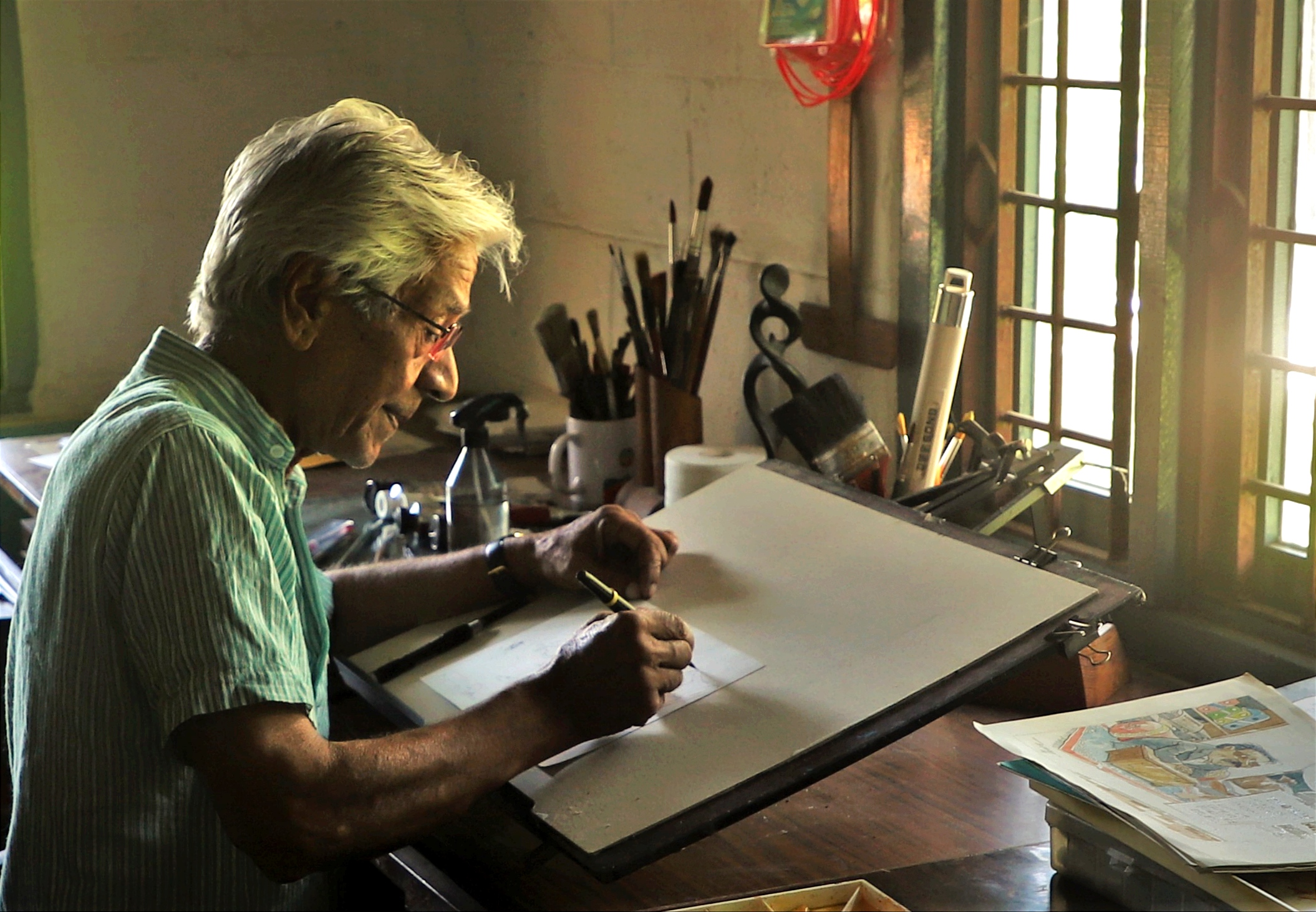
That was during the peak of the Panchayat period when independent media was heavily censored. Newspapers were unable to publish regularly. Also, they were supposed to educate people and make them aware of the Panchayat, not act as gatekeepers. Everyone used to contribute their articles to the papers without any remuneration and I too made cartoons without charge. It was a difficult life.
I joined the Janak Education Materials Center Ltd in 1966 as an artist. My job was to draw pictures for books and design book covers. My office also sent me to Japan for a three-month graphic arts training. I was a first-class non-gazette officer at the center but due to the lack of academic qualification, I could not be promoted to a section officer. I had no chance of advancing my career there, and I resigned.
I returned to Pokhara in 1969 and started a photo studio. The business ended in a failure. I then established an art studio. This enterprise proved quite successful. I had forgotten about my cartoon-making days in Kathmandu and was living a rather content life in Pokhara when I was once again pulled back into it. Some of my friends were publishing a literary magazine and they wanted me to illustrate it. I agreed and made a few cartoons in addition to designing the magazine covers.
Somehow my friends in Kathmandu saw this magazine and asked me to contribute to their newspapers. Once again, I started making cartoons for newspapers in Kathmandu. I had a mentor in Kathmandu, but I was on my own in Pokhara. So I started researching cartoon practices and closely following politics. I also joined college and graduated.
In Pokhara, there was an institution, Sikshya Sastra Adhyan Kendra, to teach art to school-teachers. I was called there to teach for a semester even though I was not interested in teaching. The campus chief convinced me, saying it was a temporary arrangement until they found a new teacher. I ended up teaching there until 2000—for a full 27 years.
I was working for the Gorkhapatra daily in 1993 and a Nepali Congress government was in place. I had drawn a cartoon for the paper that the opposition communist party found offensive. The issue was raised in parliament and the then Minister for Communication had to clarify the incident. The event made me realize that it is impossible to work freely within governmental organizations.
My pen name Batsyayana came after 1985. Those days, I was afraid of the political cadres and monarch’s supporters who could find my cartoons offensive and attack me. While searching for a pen name, one of my colleagues suggested Batsyayana. I didn’t like the name at first; I thought that it had an erotic connotation. But I eventually adopted it after learning that it is the name of a sage who was a master of many arts. Since then, the rest, for good or bad, is history.
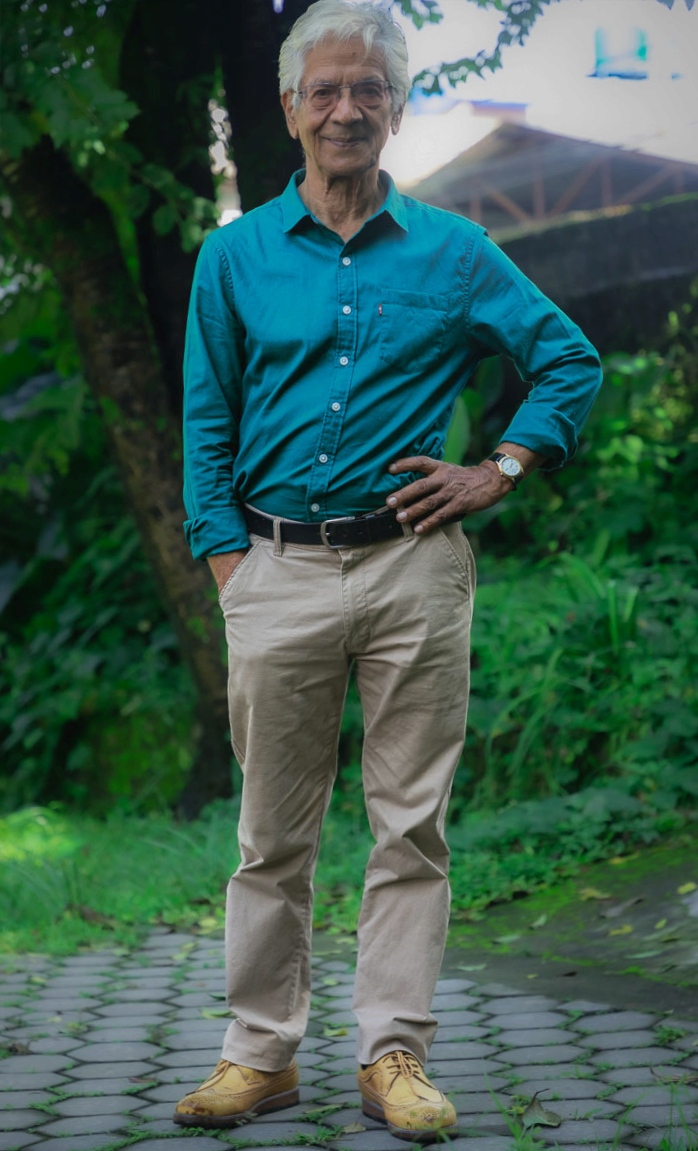
About him
Tirtha Shrestha (Colleague)
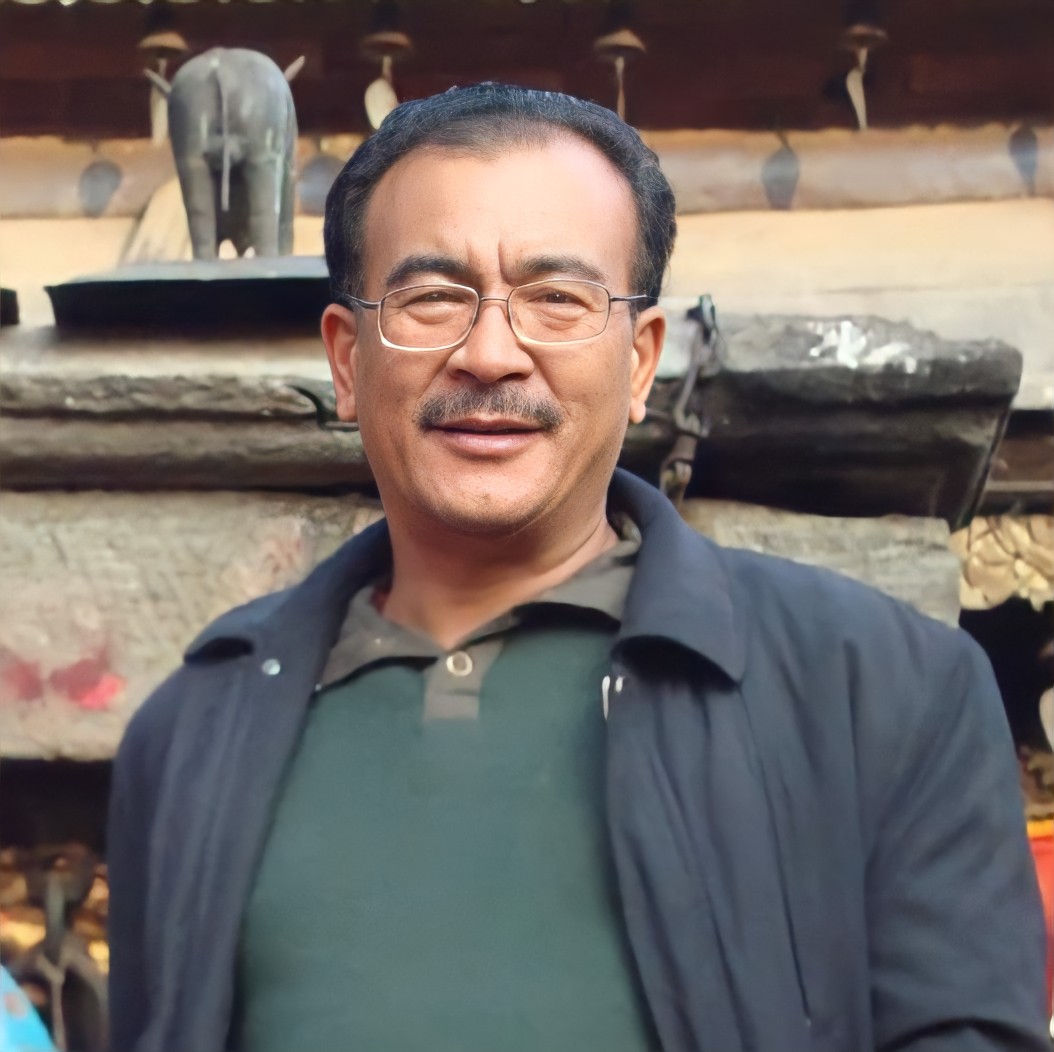
Despite being an artist, he had a great passion for literature. He hence helped his litterateur friends by drawing their self-portraits for their books. People know him as a photographer, painter, and cartoonist, but he has also helped stage actors with their make-up and stage decoration. Durga dai is also someone who in 1990 anonymously helped usher in democracy.
Saru Bhakta (Friend)
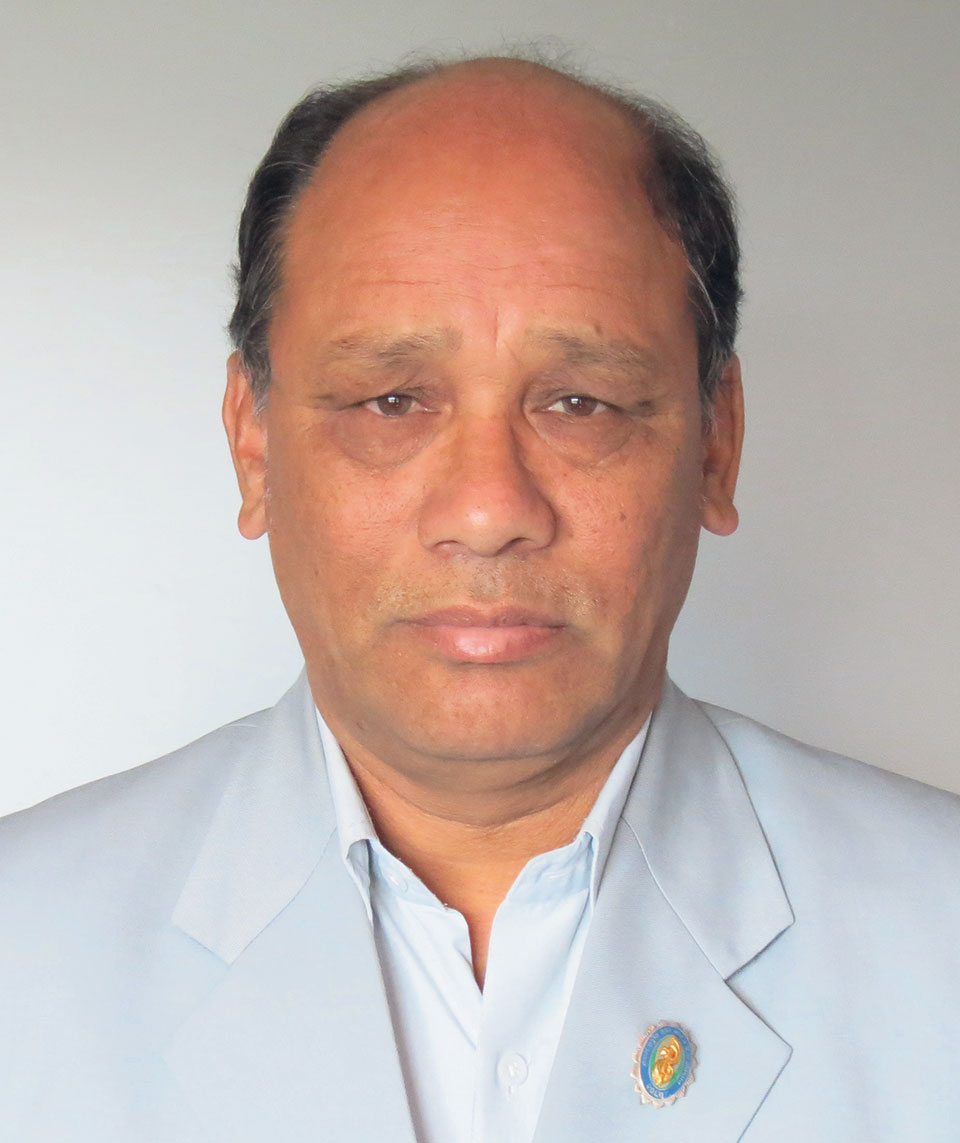
Durga Baral’s personality was akin to a Bollywood hero’s: tip-top and dashing in his youth. We used to copy his style and looks. We worked together for many organizations and I have always found him genial and smiling. He has created a future for Nepali cartoonists. I have seen him devote a full day even to a small cartoon as if he was engaged in fine art. That shows his dedication.
Anup Baral (Son)
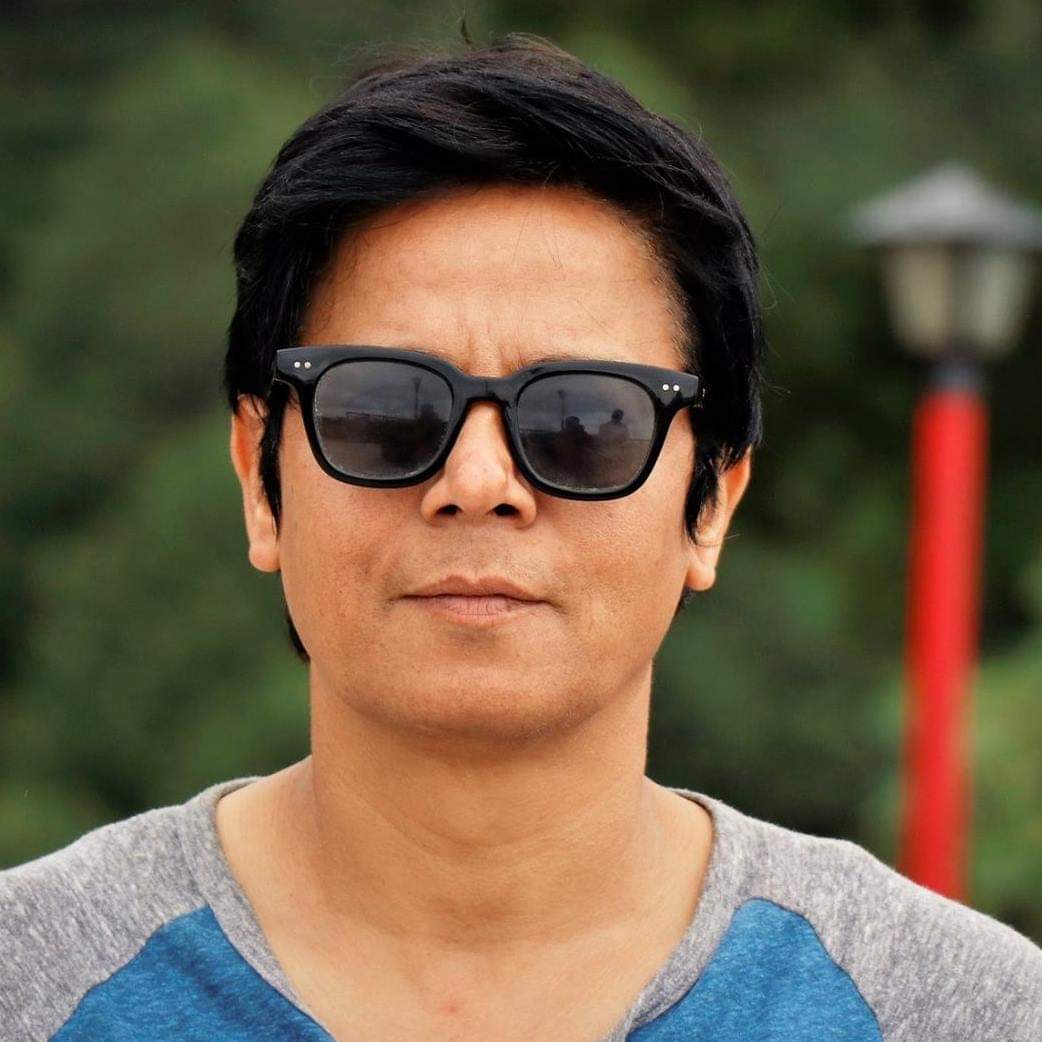
He is a perfect artist. He used to constantly redraw a single canvas until it satisfied him. All of his pieces have a social message. And as a father, he loves us of course. But he doesn’t know how to express it. The best thing about being one of his children is the freedom my siblings and I had growing up. We were never told to do this or that and were free to pursue our own interests.
A shorter version of this profile was published in the print edition of The Annapurna Express on August 11.











